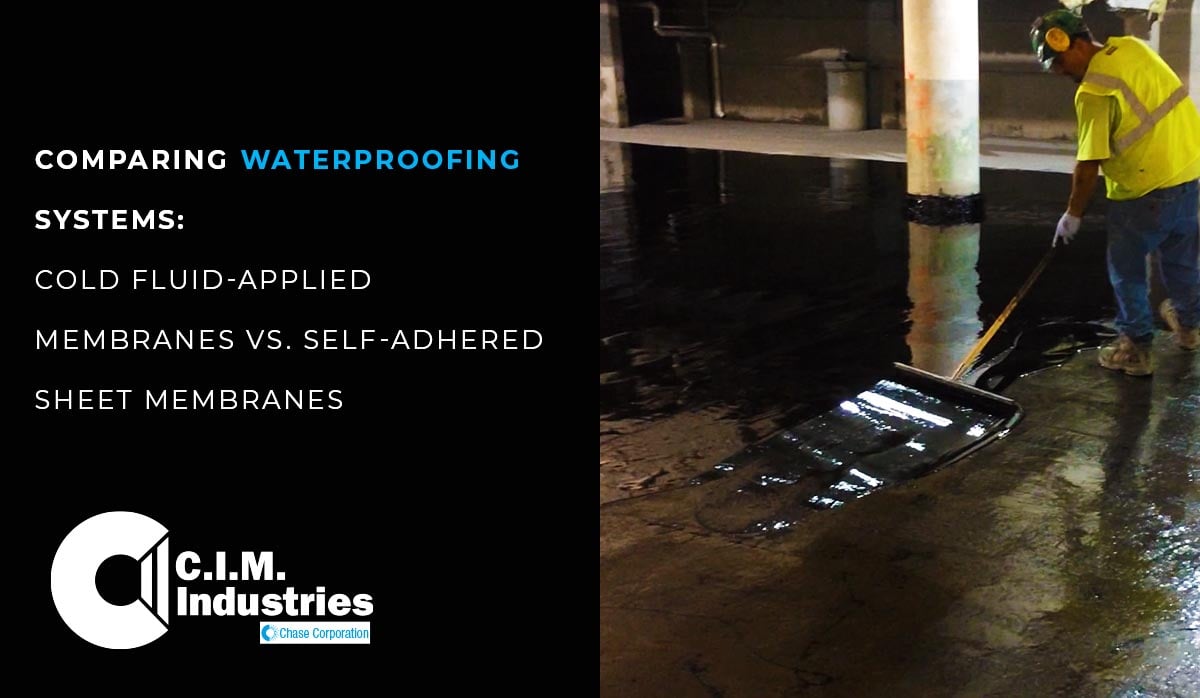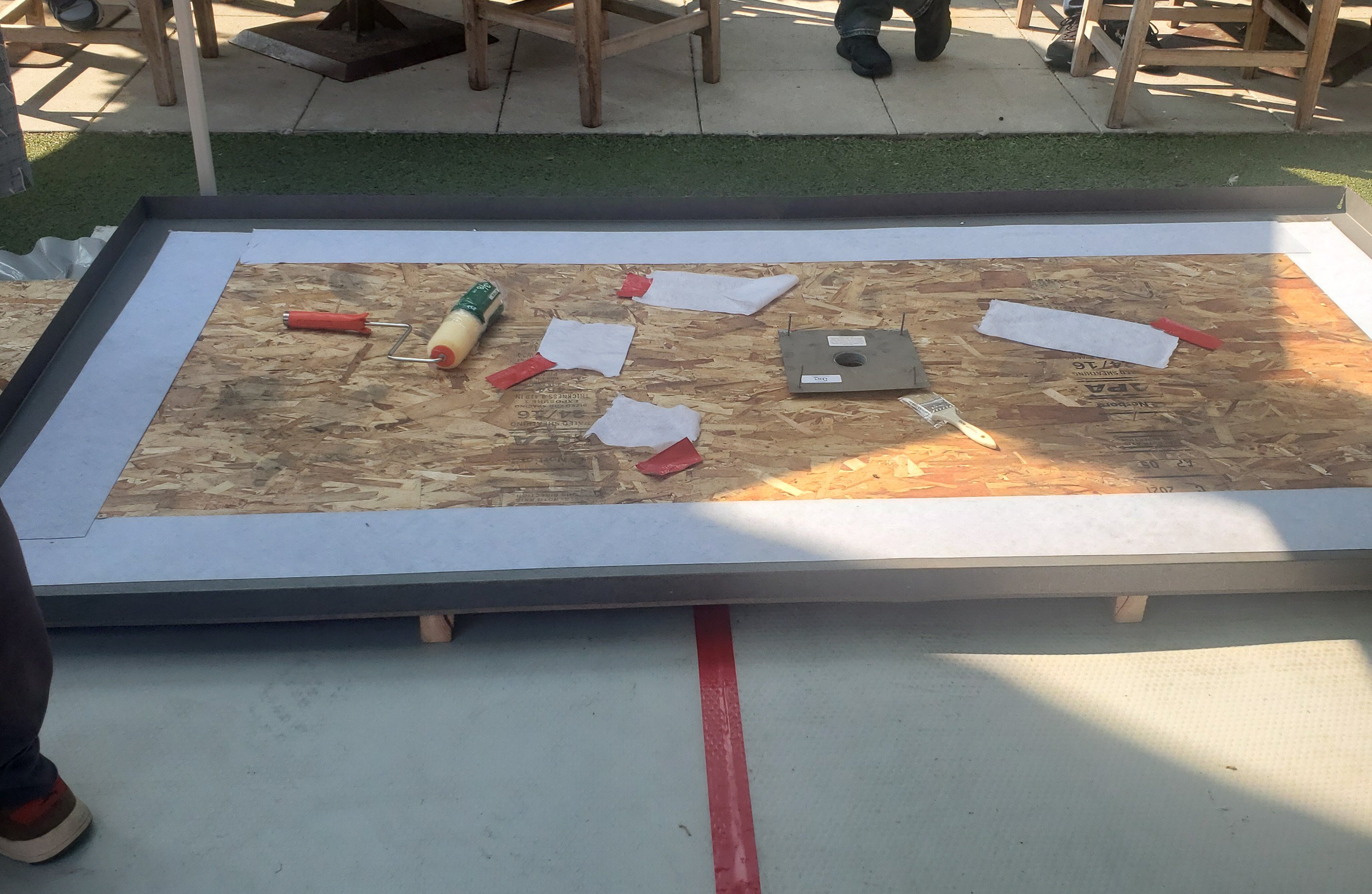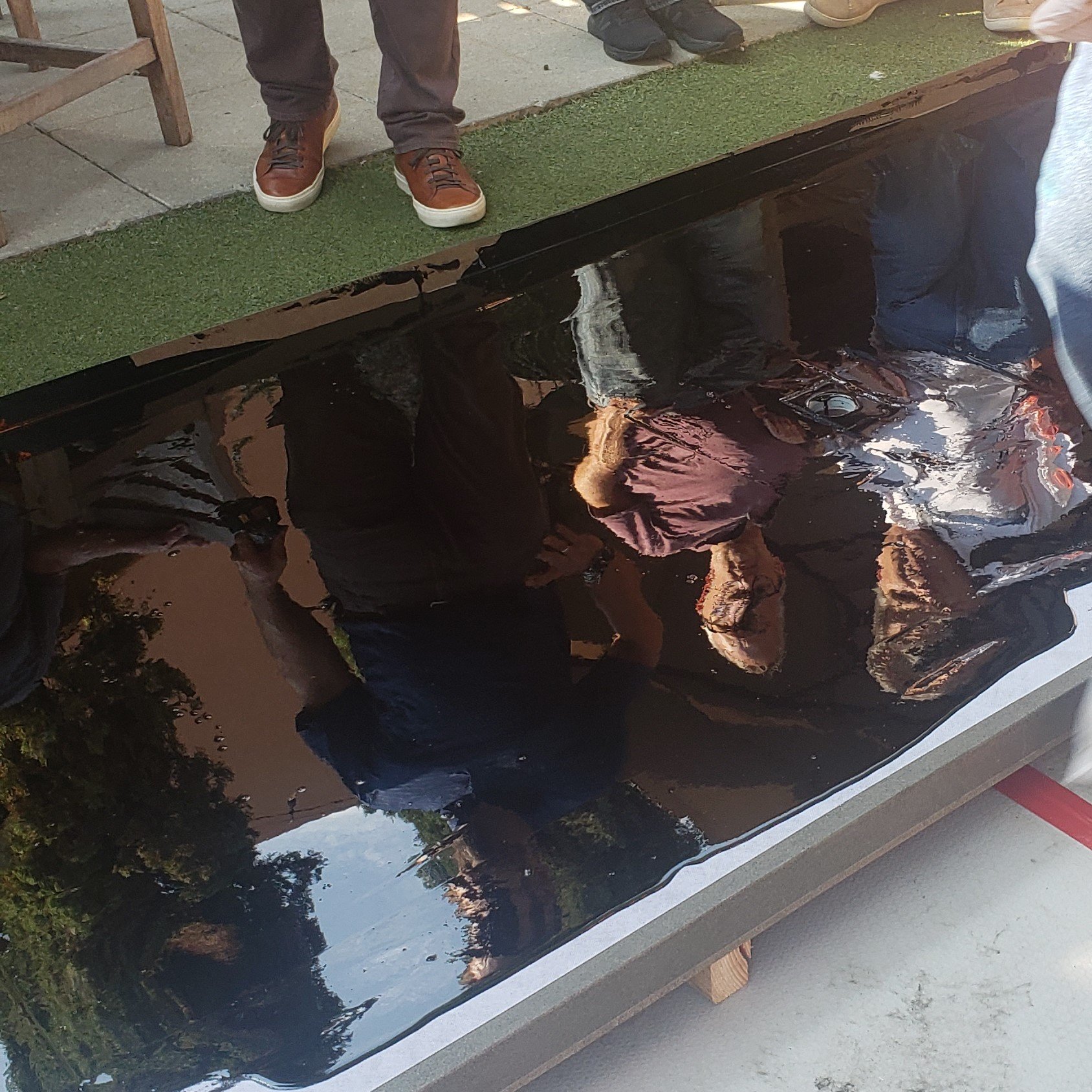
Whether you are in the residential or commercial building industry or in the new construction or building maintenance business space, waterproofing is not something to be overlooked. Waterproofing systems work by creating physical barriers to water. They keep water out of places it doesn’t belong and in places where it does belong.
Benefits of a Waterproofing System
- safeguards the structural integrity of a building
- protects beams, supports, foundations, and other components from water damage and corrosion
- prevents freeze-thaw cracking
- extends the lifespan of materials
- prevents costly repairs to functional structures (roofing, terraces, car parks, pedestrian paths, decks and porches, basements, swimming pools, showers, toilets, chimneys, etc.)
- blocks unwelcome leaks
- avoids potential injury
- protects against mold and mildew growth
- preserves the appearance of decorative structures (landscapes, planter boxes, fountains, etc.)
- prevents freeze-thaw cracking
- blocks water leaks, drips, and prevents water stains
- prevents peeling due to water migration of decorative coatings, paints, finishes

An example of irregular shapes, transitions and various substrates
While there are many waterproofing options available, the two materials frequently used in the applications mentioned here are cold fluid-applied membranes and self-adhered sheet membranes.
Related Article: Selecting a Waterproofing Application Method
Self-Adhered Sheet Membranes
These waterproofing systems are supplied in the form of rolls and/or sheets. They are self-adhered sheet membranes that are applied by hand through pressure. The membranes come in pre-cut dimensions and often contain an adhesive and a backing on one side, comparable to stickers.
Advantages of Self-Adhered Sheet Membranes
- simple peel-and-stick installation
- safer than torch-applied alternatives
- uniform thickness
- can purchase the exact quantity, so less material waste
- low cost
- low odor
- little training needed to apply on large unobstructed surfaces
Disadvantages of Self-Adhered Sheet Membranes
- limitations on cold-weather installations; adhesives typically less tacky when cold
- numerous seams, increasing the potential for breaks in the waterproofing barrier
- adhesives typically suited for specific substrates; can require different products for substrates
- difficult to install multiple layers, around complex shapes, and in areas with multiple penetrations, transitions, and/or details, adding cost and time
- performance limitations; product materials not suitable for or require additional materials/steps for applications requiring
- long-term UV exposure
- ponding water or constant immersion
- strength to withstand normal construction traffic
Cold Fluid-Applied Membranes
Waterproofing systems supplied as liquid, cold fluid-applied membranes are typically applied by spray, brush, roller, or squeegee. Applied in place as a liquid coating, the coating cures over time to form a continuous, rubber-like membrane. The most common systems used in the applications mentioned above are single-component or two-component fluid-applied membranes.

A customer working on the transitions, shapes and various substrates with trowel grade
Single-component fluid-applied membranes cure over time by either evaporation or via chemical reaction to moisture in the air. Two-component fluid-applied membranes cure via a chemical reaction that begins upon mixing the components. In cases where moisture or vapor cannot be controlled, contractors prefer to use two-component polyurethane cold fluid-applied waterproofing membranes, such as CIM-1000.
Advantages of Cold Fluid-Applied Membranes
- monolithic, no seams, continuous waterproofing layer
- easy to apply in multiple layers, around complex shapes, and in areas with multiple penetrations, transitions, and/or details, reducing cost and time
- tough and durable, materials used in these products are often well suited to perform in harsh conditions including
- long-term UV exposure
- ponding water or constant immersion
- normal construction traffic
- repeated chemical exposure or contact with contaminated soil
- cure thoroughly and adhere well in a wide range of environmental conditions and climates including extreme temperatures

The end result: a seamless coating
Disadvantages of Cold Fluid-Applied Membranes
- cost can be higher than other products due to advanced, high-performance materials used in the products
- time for install can be longer when applying to large, flat, unobstructed spaces
- mixing time and material preparation required
- sensitive to conditions at the time of application; often require skilled or trained applicators for optimal performance
Cold Fluid-Applied Membranes vs. Self-Adhered Sheet Membranes
While every job and situation are different, cold fluid-applied waterproofing membrane systems are becoming increasingly popular in the waterproofing industry. These products are time-tested and field-proven. They have been used in metro stations, tunnels, and similar infrastructure projects. As a result, they are among the most trusted waterproofing membrane systems in the field.
When applied by a trained applicator, the versatility of these products allows you to apply once, in a variety of settings, on a variety of substrates, and get consistent results. With fewer job callbacks due to application and performance failures, you can focus on your next big project.
Given all the advantages of cold fluid-applied waterproofing membranes, it is easy to see why this method of waterproofing has become the system of choice for many contractors and is highly recommended by architects, engineers, and consultants around the world.



